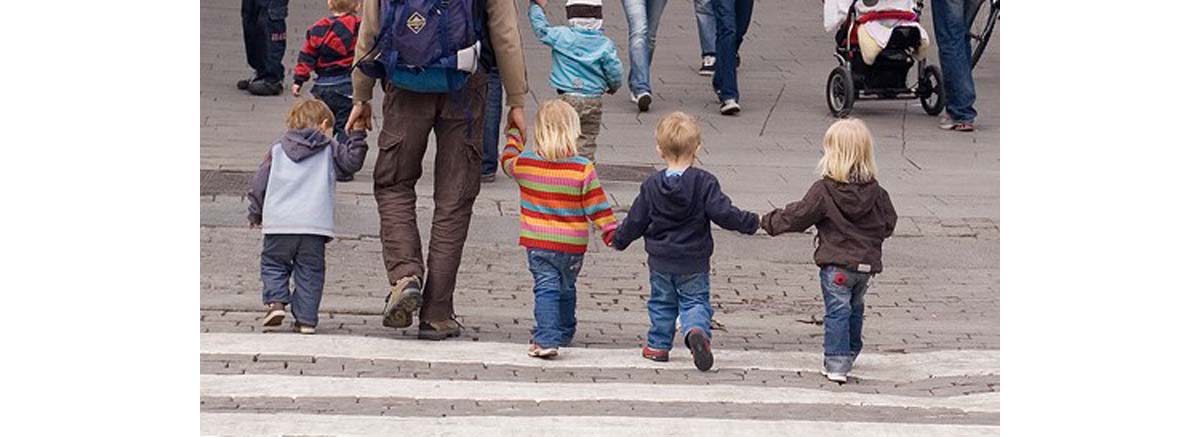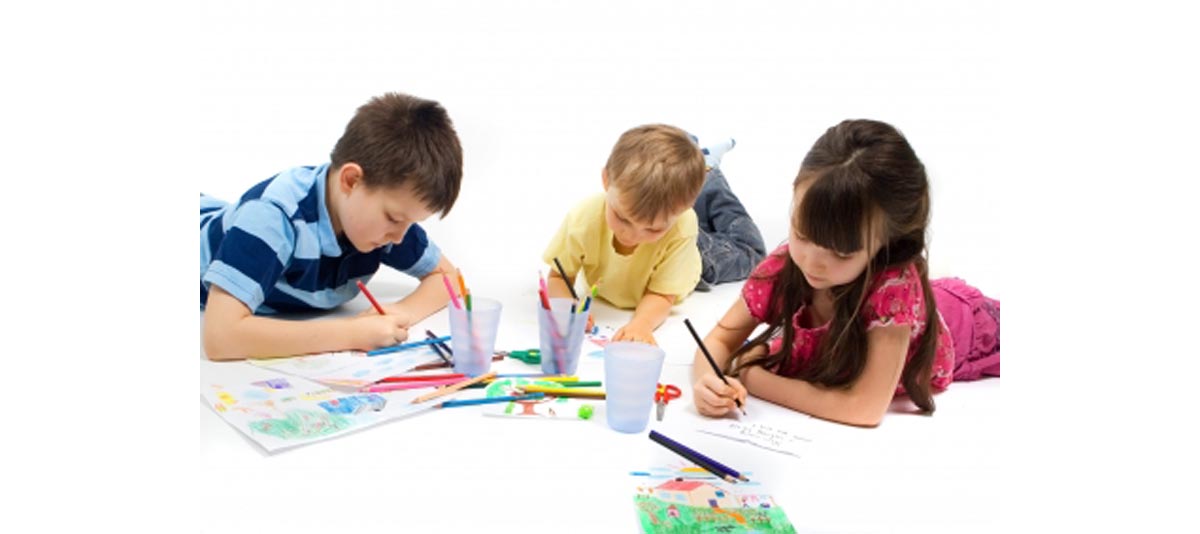Decades of research show that early brain development in childhood seriously influences the future health of adults. Children’s brains show a remarkable degree of plasticity — explaining why these brains are so incredibly sensitive to external stimuli, which can direct their development. In other words, a child's environment literally impacts the physical development of their brain.

These problems can range from an inability to fit into societal norms, difficulties in forming and sustaining healthy relationships, excessive aggressiveness and risk taking behaviors to neurological depressive disorders and problems with physical health.
The problems can come from both excessive stress caused by physical or emotional abuse and the lack of adequate communication caused by neglect.
Stress can have different effects on body and brain
Scientists distinguish two types of stress, which have profoundly different effects on human physical and psychological well-being.
Tolerable stress occurs for relatively brief periods. This allows the body and brain enough time to recover from the stress. In some circumstances, tolerable stress can even be beneficial, since it allows the body and brain to develop suitable resistance or coping mechanisms. Certain exposure to stress in childhood promotes adaptation mechanisms. This is a normal part of the developmental process.
Early exposure to severe and prolonged stress can have toxic effects on adult health later in life. Early life stressors such as physical and emotional abuse, parental abuse of drugs and alcohol, conflicts in the family, and difficult neighborhoods, are clearly linked to increased violence, drug abuse and even suicides in adolescent life.
Neglect can severely affect child development
It seems that neglect may result even in more profound effects. Multiple studies show that the lack of adequate adult-child communication in early life can lead to inadequate degree of “fight or flight” behavior, lower level of social engagement and atypical attachment behavior.
These findings make many researchers question the wisdom of placing children into a foster home where they may experience even less emotional security, even though it is compensated by better care-giving.
Early childhood experience directs the development of brain architecture
What are the neurodevelopmental mechanisms leading to such effects?
Developmental neuroscience has produced some really impressive findings in the last decade. In particular, it was discovered that certain regions of the brain, such as the prefrontal cortex and parietal regions, undergo a protracted period of maturation in children and adolescents.
This neural maturation manifests itself morphologically through a thinning of cortical grey matter and pruning of neuronal axons. Researchers believe that these changes reflect the growing control of the prefrontal cortex over behavior. The absence of such control results in poor decision making and impulsivity. The formation of proper neural control mechanisms seem to be very sensitive to environmental factors. Stress and neglect during childhood may lead to impaired impulse control later in the adolescent and early adulthood periods of life.
It is now believed that a lack of adequate communication in early life affects the architecture of brain and prevents the formation of proper neuronal networks.
Research Shows That Some Brain Structures Can Be Directly Affected By Early Trauma And Neglect
The early years of life are vital for a person's brain formation. A child's brain is not just learning what is taught. It actively absorbs the behavioral clues constantly flowing in from the surrounding world even when we expect it to do so the least. A research study published by scientists from the University of Oregon has even shown that a kid's brain is, essentially, constantly "monitoring" the environment.

The growing brain learns and absorbs new information even when the child is sleeping. Functional MRI studies demonstrate that the brains of sleeping children from those families with a history of problems react to the sound of an angry voice.
The increase in brain activity is observed in the regions of the brain responsible for emotional response and response to stress. The finding is very significant – these are exactly the areas of the brain that were identified to have structural damage in teenagers from troubled families.
In 2011, researchers from Yale University announced their findings that suggest an interesting link between a problematic childhood, brain structure, and later behavioral and emotional problems during adult life. The MRI scans of teenagers who experienced emotional abuse or neglect in early childhood revealed that the regions of the brain involved in the regulation of emotions have a reduced density of cells compared to the kids from more stable and happier families. Many of these affected kids experienced significant problems related to risk taking and impulsive behavior (substances abuse, higher level of aggression, unprotected sex etc.).
Neural connections in a child's brain are not completely formed yet, and the way they get arranged is dictated in many ways by the information that constantly comes in from the environment. This makes the brain, in its early stages of development, very sensitive to any inputs. The brain is literally and physically shaped by these inputs.
The effects of a troubled family environment can be felt much later in life and not only in the behavior of an affected person. Physical health also becomes affected. It was demonstrated, for instance that there is a good correlation between childhood neglect or trauma and increased risk of stroke in adult life.
Trouble induced brain damage is not irreversible
If the negative effects of growing up in an emotionally unstable environment on the developing brain are indeed so profound, it would be reasonable to ask how to address this problem. It seems that if the damage is treated early enough, the changes in the brain are not irreversible. Researchers from Yale University hypothesize that physical exercises can slow down the neglect-related loss of gray matter. At the moment we do not have pharmaceutical treatments that would enable us to target neurological changes directly. Future research in this area might help to develop proper medicines capable to undo the damage of a troubled past. In the meantime, if you are supporting a child with a history of trauma, getting them into therapy as soon as possible is the best course of action.
- Graham, A. M., Kim, H. K., & Fisher, P.A (2012). Partner Aggression in High-Risk Families from Birth to Age 3: Associations with Harsh Parenting and Child Maladjustment. Journal of Family Psychology, 26, 105-114
- Healey, C.V. and Fisher, P.A. (2011) Children in foster care and the development of favourable outcomes. Child Youth Serv. Rev. 33, 1822-1830
- Romer, D. (2010) Adolescent risk taking, impulsivity, and brain development: implications for prevention. Dev.Psychobiol. 52, 263-276
- Schuengel, C., Oosterman, M. and Sterkenburg, P.S. (2009) Children with disrupted attachment histories: Interventions and psychophysiological indices of effects. Child and Adolescent Psychiatry and Mental Health 3, 26
- Photo courtesy of fiskfisk on Flickr: www.flickr.com/photos/fiskfisk/492917705

